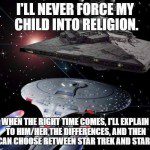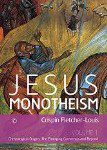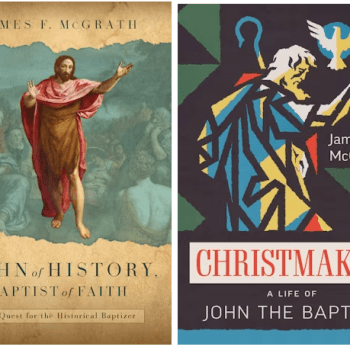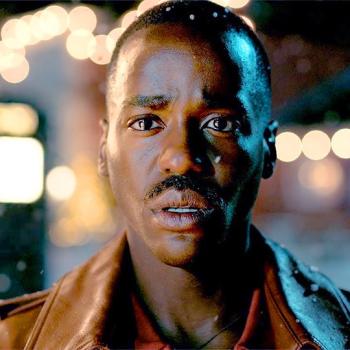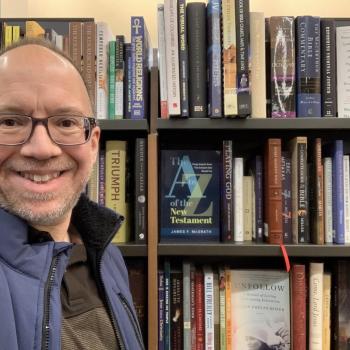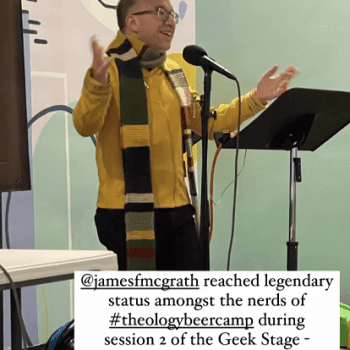I’m due to read and blog about Crystal St. Marie Lewis’ book of “doubter’s devotions” called By The Waters of Babylon. In the meantime, let me share this sample from its contents, which Crystal shared on her blog a while back:
We think of our churches as houses of faith, and we do so as if faith exists apart from the human experience. The truth, however, is that there could be no faith without the human experience, and human experience is a diverse phenomenon, especially where religious beliefs are concerned. The human experience includes both faith and doubt. This means that on any given Sunday, every church, regardless of tradition, is a space where faith and doubt are represented by the humans in attendance– sometimes on the same pew…
A belief-versus-doubt continuum (the straight-line model) only offers possibility for a beginning or end, and presumes the beginning or end of faith, or the beginning or end of doubt. And people leave because they believe they’ve met the end of faith or the edge of doubt. However, a wide open space provides room for us to revisit ideas and think them over; to renew our perspectives and love new things; to explore our tradition and consider what other doubters within the faith have understood down through the ages. This is the kind of atmosphere that will inspire people to stick with our churches, even in times of great spiritual evolution…
The challenge for our churches in the these times is that we must find a way to walk with people in their times of faith, and we must find the humility and compassion needed to affirm them in times of uncertainty. We must acknowledge that God is with us, and that where God is found, sacredness is found also—even when doubt is present.



